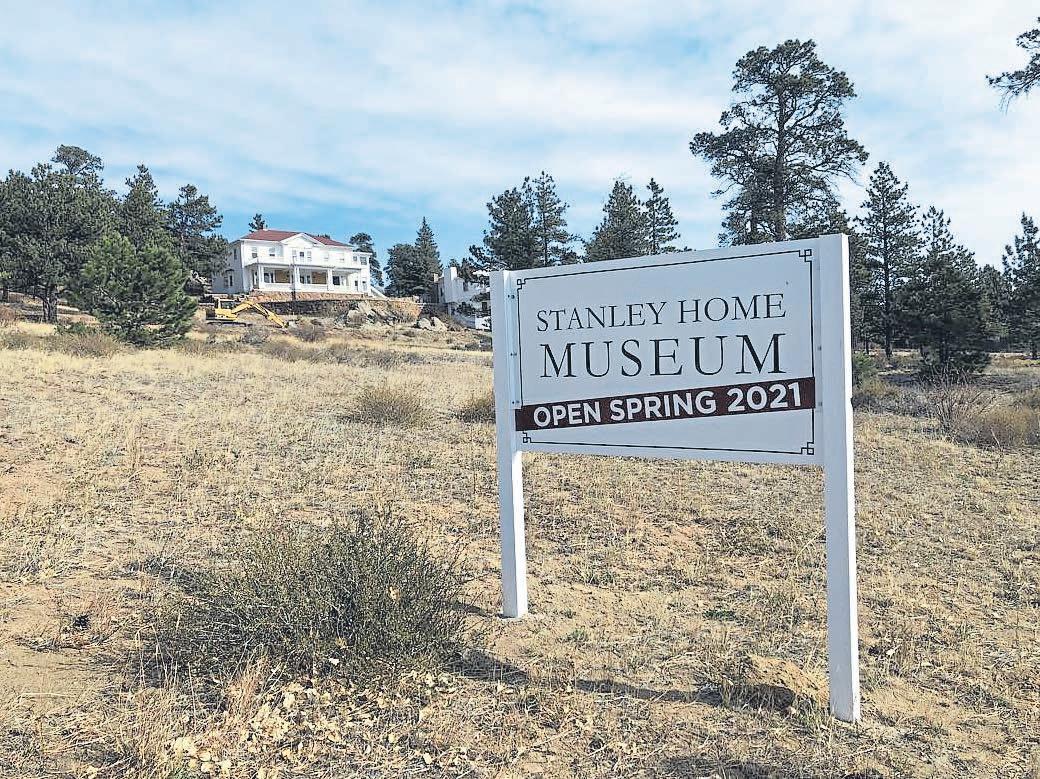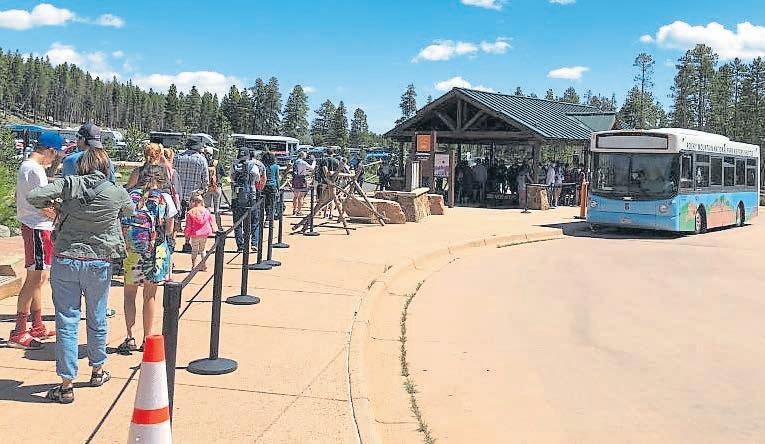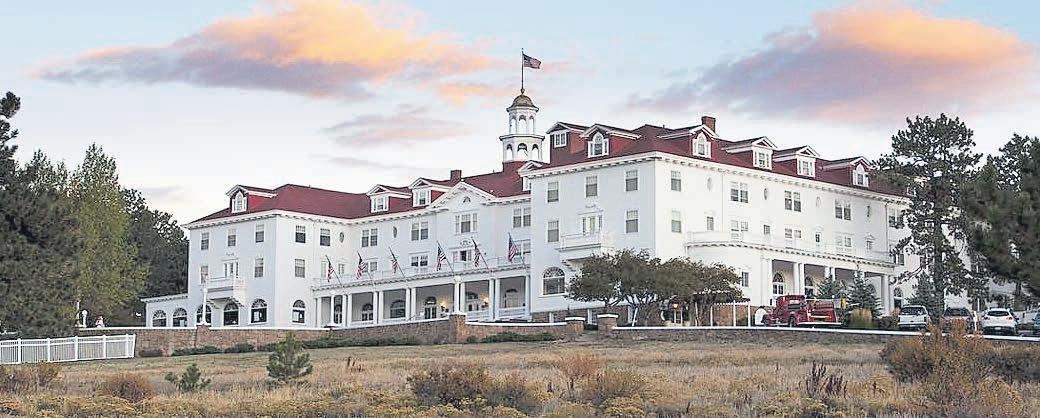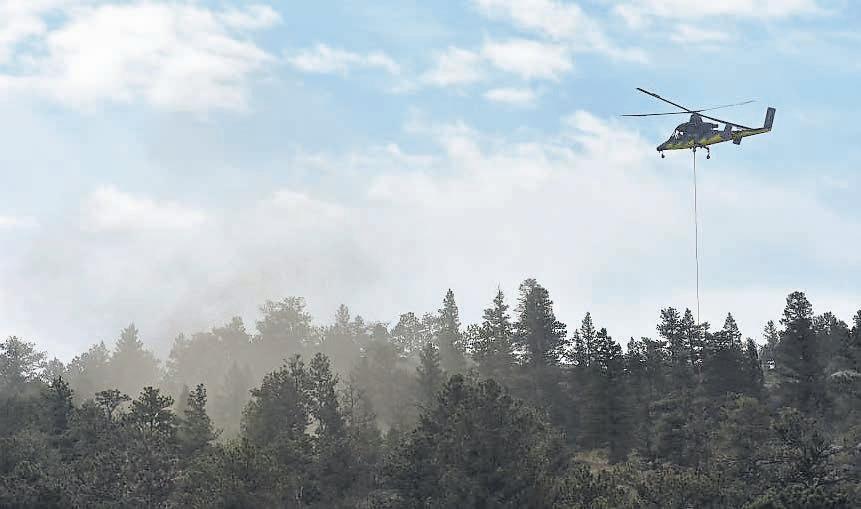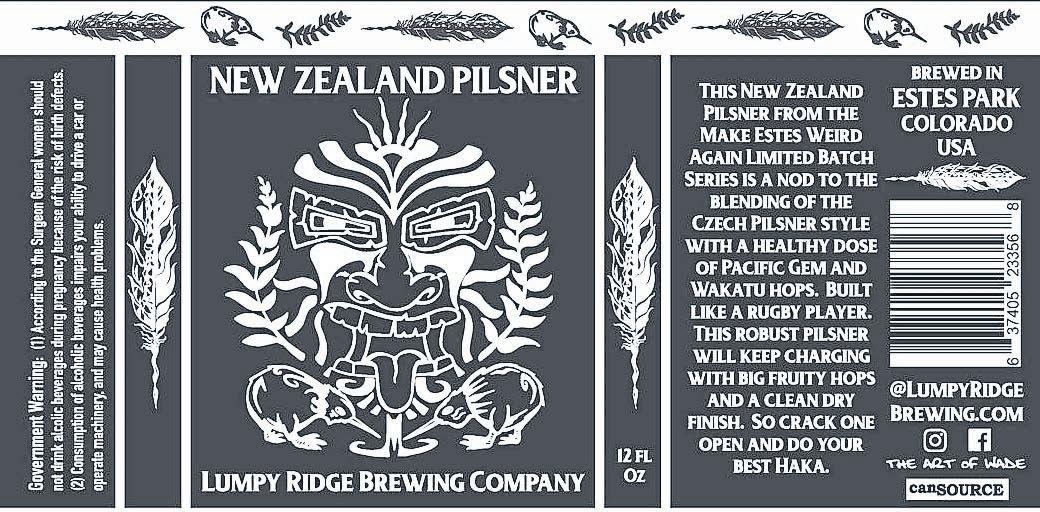
2 minute read
Mental Health
HEALTHY LIVING Findinghealing through nature
By Ray A. Nypaver, WanderlustCounseling
For the Trail-Gazette
As Isit down towrite this article, stuck on where to start, Ilookout my window and stare at the aspen and pines across the street. The trees stay steady at the base, a slight wavering in their branches. The aspen holds on to afew dark yellow leaves. My mind takes abrief break from worryabout words and the stressesofthe day.The trees tell me just to startslow, one wordatatime.
My assumption, for most Estes Park residents, is that the idea of naturetherapy isn’t anything new.For many it’sprobably why they moved to Estes park, thoughwithout the clinical interpretation of the term.
But oh, how easy we forget! Forget to look up at the mountains, forget to notice the elk in ourbackyard, or forget to let the falling leaves help us to let go of our worries. Idon’t believe any Estes Park resident actually takes these things for granted. Simply,asthe world continues to madly spin, we retreat back inside to our own spinning minds andseparate ourselves from thewonder and joy of nature.
To back up for just a moment, Ishould explain that Iama nature-based therapist, having graduated with my master’s degree in Clinical Mental Health Counseling from Naropa University’s Wilderness Therapy Program. Bymyown definition, nature-therapy is the intentional collaboration with Mother Naturetoguide the healing and growth process of individuals. While most of
RayNypaver says find aNature Sit spot.
my sessions with clientsare indoors,my wilderness background alwaysplays arole in sessions. In part, this is because of the insight and lessons I’ve gained from my ownadventures, and partially because my daily morning outings with my dog allow me to showupgrounded and present for my clients.
Personally,I tend tolearn towardmyintuitive side when it comes tonature, but Ialso appreciate the evidence of scientific research. In recent years, moreand more studies have been done to examine just hownaturecan be of benefit to our mental health. For example, studies have shown that simply gazing at nature,whetherlooking up at the mountains or kneelingdown toexamine the beautyofa wildflower, puts apause on the partof our brain that likes to ruminate. When we stopruminating, we open ourselvesupto wonder and awe. It’s like when thesun comesout from behind the clouds and suddenlythe world looks a little morebeautiful. Additionally,someresearchers have found abacteria in the soil that actslike serotonin, a chemicalinthe brain helps improve mood. Not only that, but going for awalkoutside, say around Lake Estes, can serve as away to both be physically active and reduce stress by reducing cortisol levels. This is NOT to say anyone should go offantidepressant medication, especially without talking to their doctor first.This IS saying you should consider making gardening or playingoutside adaily or weekly activity.
At this point, my guess is that those reading this article areeitherasking “How do I actuallydonaturetherapy?” or “I already go outside afew times aweek. What moreis theretodo?”
Greatquestions.
I’ll reiterate that Idefine
Wanderlust Counseling /Courtesy photo
naturetherapy as an intentional practice. That’s not saying my weekly trail runs and dog walks arenot extremelyimportant formy mental, physical,and spiritual health. They absolutely are and do include many of the aforementionedbenefits. However,someofthe practices I’llmentionbelow often cause me to slow down and soakinmorethan Imight during anormal runorwalk. If doubtful, all Ican sayis give it atry.Truly,mymain guideline in both nature therapy and my counseling sessions is to remain curious. Curiosity is at the root of exploration, both when exploring our outer andinner worlds. Afew nature therapy practice to tryout
Find aNature Sit spot
During COVID, evenasa therapist who knows many coping tools, Istill hadtrouSee NATURE,pg. 17


